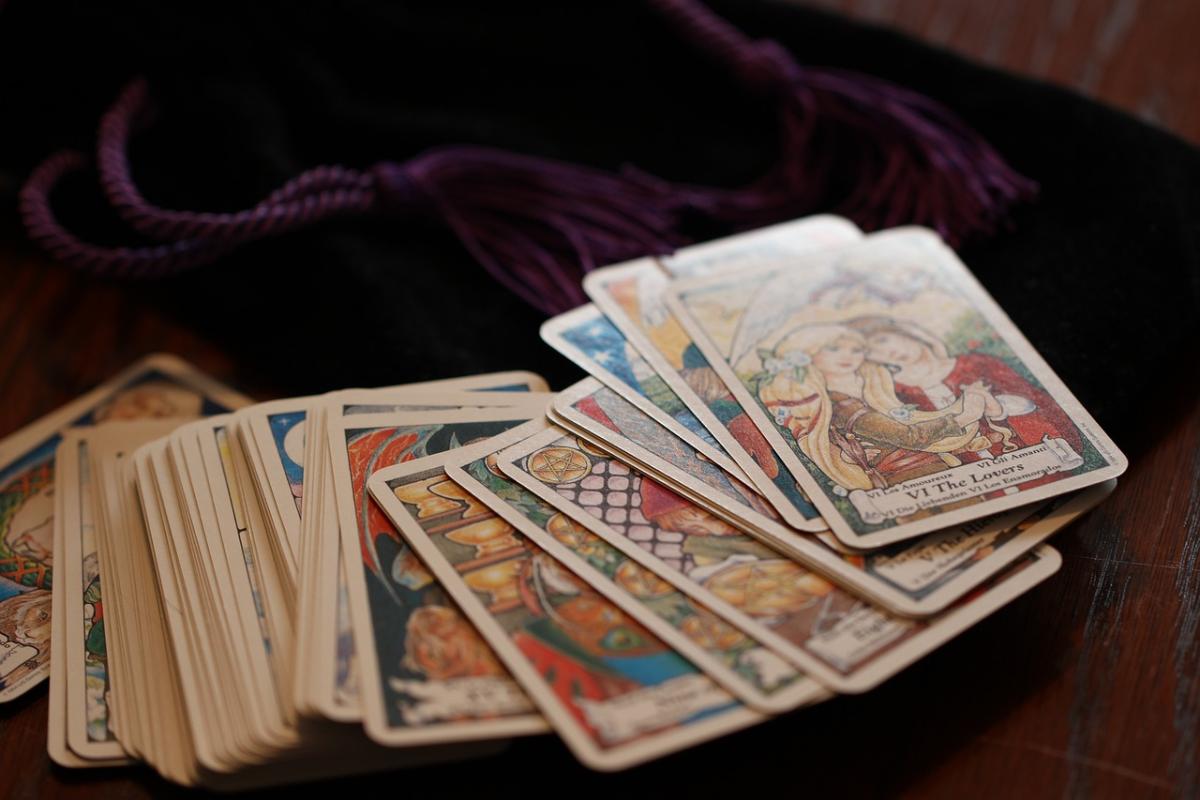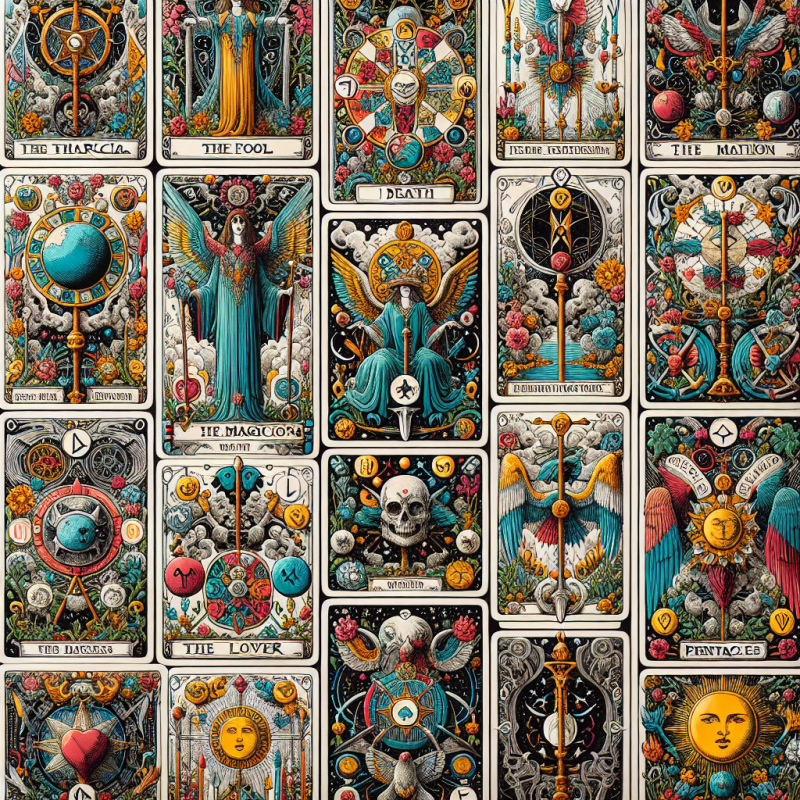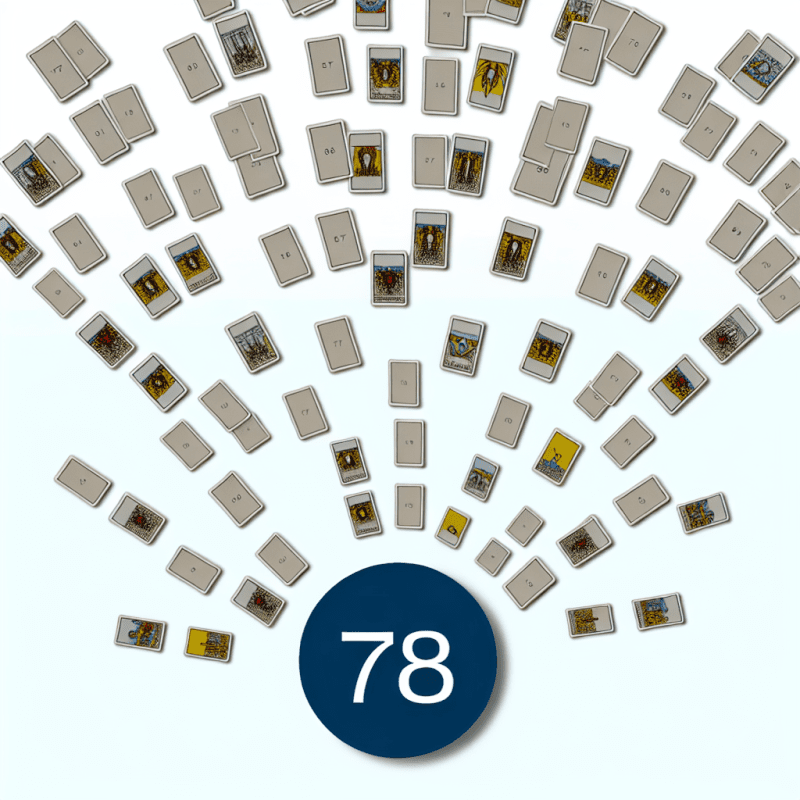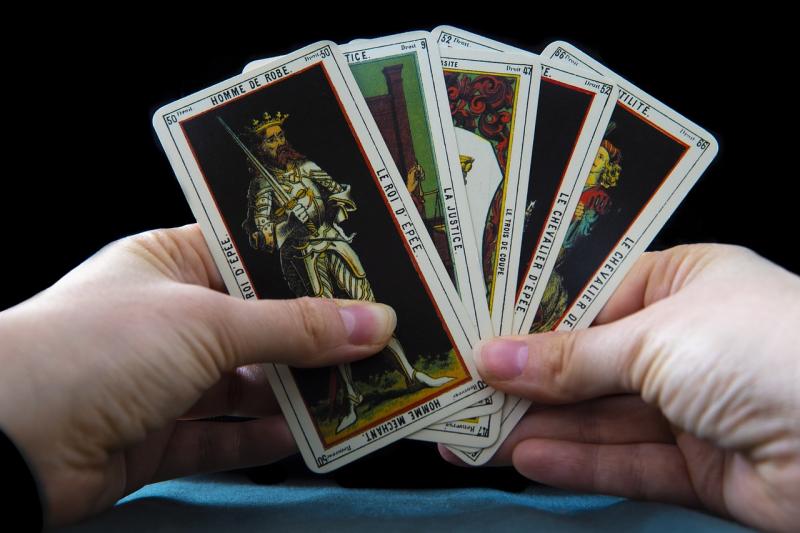When I first started reading tarot, I wasn’t looking to become a psychic or join some mystical order. Honestly, I was just curious. I found an old deck of cards—a battered Rider-Waite, actually—at a flea market table between used books and tea cups. Something about those faded illustrations and symbols pulled me in. I didn’t know then how much the cards would change the way I understood myself—and others.
Fast forward twenty-some years later, and my table now holds several decks, each with its own energy, its own voice. Among them is one that still feels like a grounding force whenever I use it: my Native American tarot deck.
Now, whether you're brand new to tarot or have done your fair share of card readings, it’s helpful to know that not all tarot decks are the same. Especially when you're comparing traditional tarot cards with Native American-inspired decks, the difference goes deeper than just aesthetics.
The Basics: What’s in a Standard Tarot Deck?
If you’ve spent any time around tarot readers, you've probably heard about the Major Arcana and Minor Arcana. A full tarot deck has 78 cards, usually, with 22 of those forming the Major Arcana—big cards with names like The Chariot, The Hanged Man, The Lovers, and Judgement. These cards aren’t just decorative. They represent the bigger-picture themes in life: growth, endings, choices, spiritual awakenings.
The remaining 56 cards make up the Minor Arcana, which are divided into four suits: Wands, Cups, Swords, and Pentacles. Think of these as the nuts and bolts of everyday life—your work, emotions, thoughts, and physical surroundings. Each suit runs from Ace to Ten, followed by four Court Cards: Page, Knight, Queen, and King.
And yes—sometimes those cards come up reversed, which can alter the meaning entirely. That’s where the art of interpreting really kicks in. Some days I’ll do a full Celtic Cross for a client, but other times, a simple three-card spread—past, present, future—is all that’s needed. It’s less about the complexity of the tarot spread and more about the clarity it offers.
Native American Tarot: A Different Lens
Now here’s where it gets interesting. A lot of folks stick to the traditional decks, but when I picked up a Native American tarot deck, everything shifted for me. The imagery, the symbolism, even the tone of the readings felt different—more rooted, more ancestral.
These decks aren’t just "themed" versions of tarot. They're built around entirely different systems. Instead of Pentacles or Swords, you might find suits based on animals, elements, or tribal tools. Instead of The Magician, maybe there’s a Shaman or Spirit Walker.
The Native American tarot cards I use are packed with nature-based imagery—eagles, rivers, medicine wheels, sacred mountains. Each one ties into the stories, beliefs, and traditions of Native tribes. That makes these decks deeply spiritual—but also something to approach with respect, especially if the culture isn't your own.
I always recommend reading the accompanying guidebook if you're working with one of these decks. Understanding the spiritual guidance behind the art adds a layer of meaning you might miss otherwise.
So, What’s the Difference?
If you’re trying to decide between a traditional tarot deck and a Native American one, here are a few things to consider from someone who's worked with both:
1. Artwork and Imagery
Traditional tarot—especially the Rider-Waite Tarot—leans into medieval European symbolism, angels, zodiac signs, and occult imagery. It’s full of robes, swords, and mystical figures.
In contrast, Native American tarot decks use earth tones, animal spirits, sacred tools, and natural elements. It feels less like a staged play and more like a walk through sacred land.
2. Spiritual Philosophy
Classic tarot tends to focus on internal journeys—the ego, the subconscious, personal transformation. Native American decks are more external in some ways. They remind you that you're part of something bigger: your ancestors, the Earth, the stars. The messages often feel more collective, more connected to the rhythms of nature.
3. Card Structure
Most traditional decks stick to that 78-card structure. Native American decks? Not always. Some come with more cards, some less. You might find oracle cards included, or completely reimagined suits. It’s part tarot, part spiritual storytelling.
4. Cultural Roots
This is important. Using Native American cards isn’t just about aesthetics—it’s about honoring the culture, the wisdom, the history behind them. If you’re not Indigenous, treat the deck with reverence. Learn where it comes from. Read up on the stories. Don’t just “use” the cards—listen to them.
Choosing the Right Deck
I’ve owned dozens of decks over the years—some I bonded with instantly, others just didn’t click. Here's what I tell people when they ask how to choose:
-
Go With Your Gut: If a deck draws your eye and stirs something in you—even if you can't explain it—trust that. That’s how intuitive tarot works.
-
Hold the Deck (If You Can): Feel is everything. Some decks just don’t shuffle well in your hands. The texture matters more than you think.
-
Look at the Art: Do the images speak to you? Can you imagine reading cards from it regularly?
-
Check the Guidebook: Some books are super helpful, others... not so much. Especially with Native decks, a good guide helps you interpret meanings respectfully and accurately.
-
Know Your Purpose: Are you reading for your love life? Personal growth? Shadow work? Connecting with ancestors? Different decks suit different needs.
Sometimes, you’ll find that one deck of tarot cards works better for daily draws, while another might be better for deeper psychic readings or past life work. That’s totally normal.
Final Thoughts
Traditional tarot and Native American tarot aren’t rivals—they’re different languages for speaking to the soul. One uses archetypes, astrological correspondences, and occult symbols. The other draws from earth-based spirituality, animal medicine, and ancestral memory.
Both are powerful. Both can be healing. It’s not about which one is "right"—it’s about which one speaks to you. And if you’re lucky like me, you’ll find that both belong on your table.



